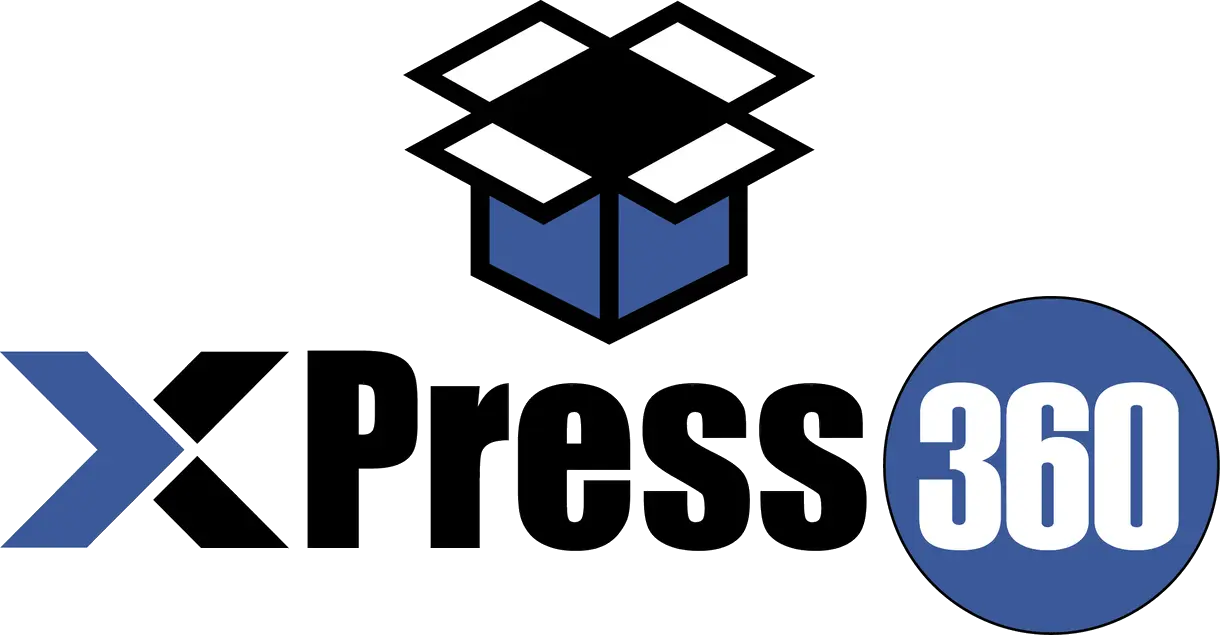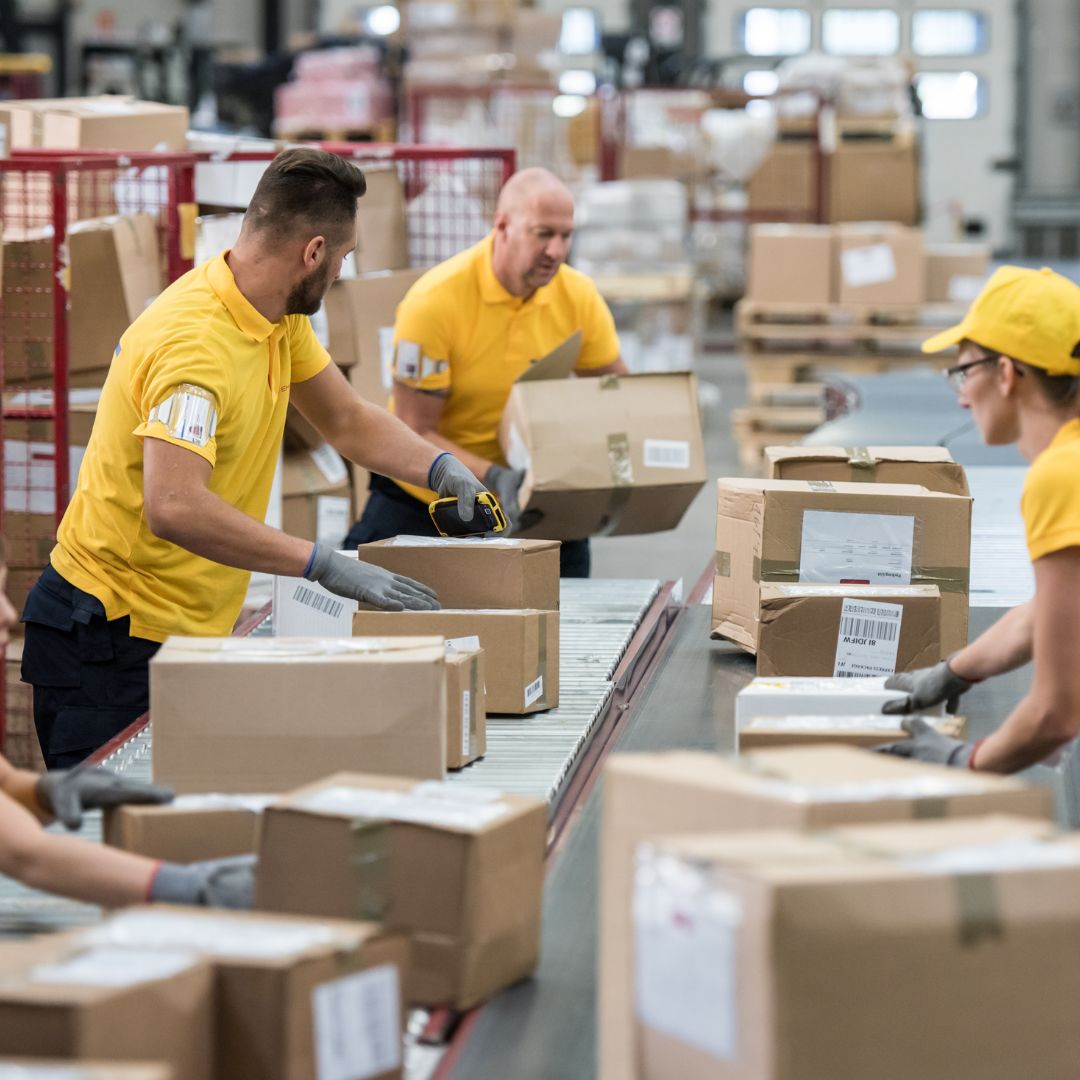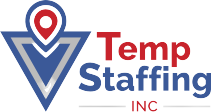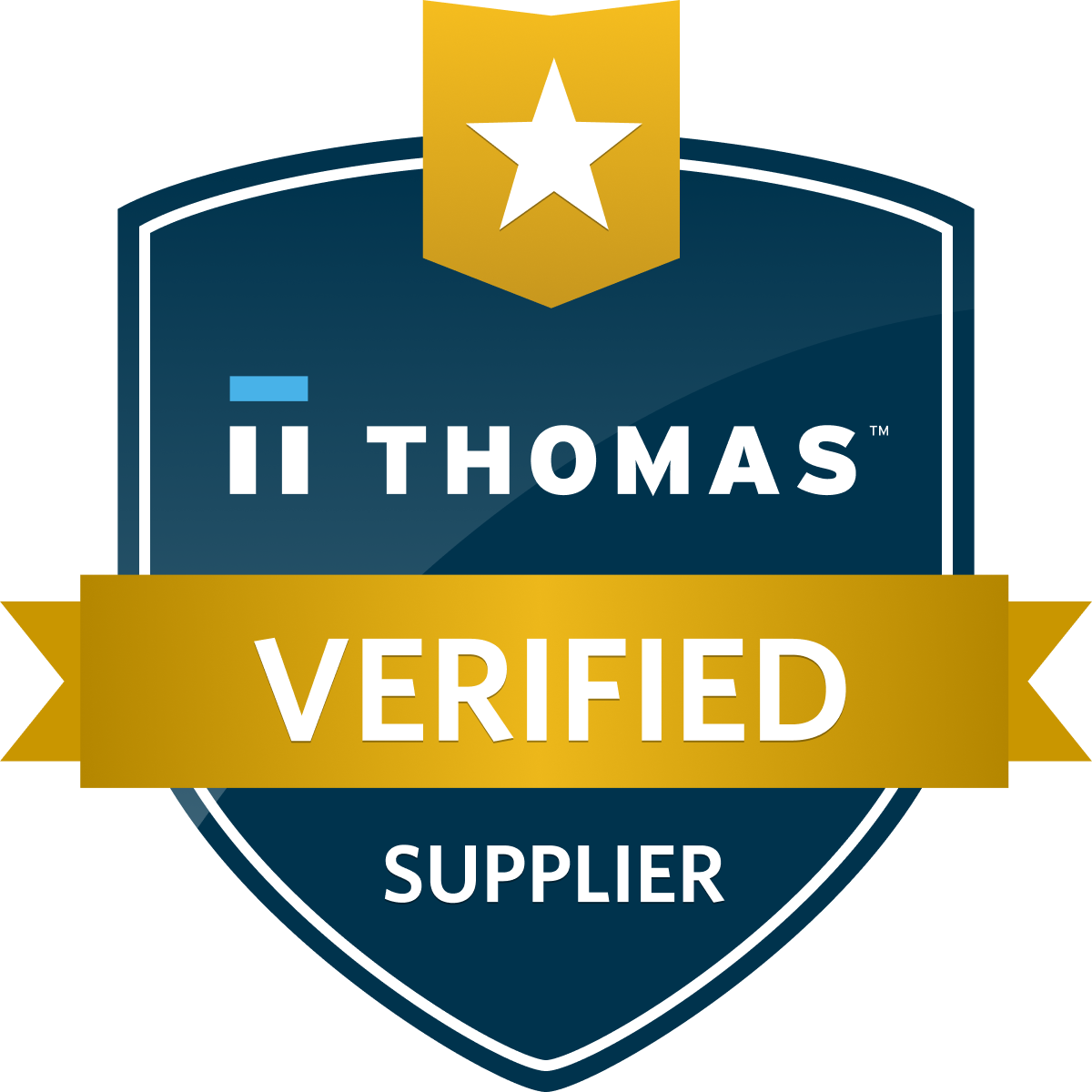In today’s digital world, print and packaging may seem like outdated concepts. However, they remain essential tools for businesses of all sizes. They contribute to product differentiation by helping your products stand out in a crowded market through attractive designs and high-quality materials.
Print and packaging can effectively convey brand messages, allowing businesses to communicate their values and image consistently with their marketing strategy. A well-designed packaging enhances the overall customer experience by making products more appealing, easier to use, and creating anticipation and excitement.
Stand out from the crowd with vibrant, unique, upscale printing and packaging solutions by Xpress-360.
The Power of First Impressions
First impressions matter, and this is especially true for products. Consumers often make purchasing decisions based on their first impression of a product, and this impression is largely formed by the product’s packaging. Printing and packaging options should have attention-grabbing design, high-quality materials, and consistent branding.
Xpress-360 pairs over 40 years of industry experience with careful communication to make sure your expectations are understood and exceeded. Expert experience + intentional communication = the quality printing and packaging you deserve at competitive prices.
Check Out Our Services! See How Xpress-360 Can Bring Your Best Ideas To Life
Understanding Your Audience
Your printing and packaging options should resonate with your audience. A well-crafted design tailored to the preferences and expectations of your target audience can significantly enhance the effectiveness and appeal of your product’s presentation.
As your partner, Xpress-360 develops custom solutions to fit your unique needs.
Demographics and Psychographics
Demographics are the characteristics of a population that can be used to classify them, such as age, gender, income, and education. Psychographics are the psychological characteristics of a population, such as lifestyle, values, and interests.
For example, a product targeting a younger audience might benefit from vibrant colors and modern design elements, while a product for an older demographic may require a more classic and sophisticated approach. In another instance, a product targeting environmentally conscious consumers may benefit from packaging that emphasizes sustainability and eco-friendly practices.
Market Research Insights
In addition to understanding demographics and psychographics, it is also important to conduct market research to gain insights into your target audience’s preferences. This can be done through surveys, focus groups, and online research.
Market research can help you identify trends in consumer behavior and preferences. It can also help you to understand what your competitors are doing and how you can differentiate your product or service.
Types of Printing
There are many different printing methods, each with its advantages and disadvantages. The best type of packaging printing method for a particular project will depend on the specific needs of the project.
Offset Printing
Offset printing is a traditional packaging printing method that in lithography printing involves transferring an inked image from a plate to a rubber blanket and then onto the printing surface. Offset printing is a common type of printing that is used to print a wide variety of materials, including magazines, newspapers, brochures, and business cards.
The advantages of offset printing are that they are high-quality images, durable, versatile, and cost-effective for large runs. The disadvantages however are that they are time-consuming setup, not as effective for small sprint runs and they are not as environmentally friendly as some other printing methods.
Digital Printing
Digital printing is a newer type of packaging printing method that is becoming increasingly popular. Digital printing directly transfers a digital-based image onto a variety of media, eliminating the need for custom printing plates. It is a good choice for smaller print runs or for projects that require a quick turnaround time.
The advantages of digital printing are that they have a fast turnaround time, are cost-effective for small print runs, are environmentally friendly, and can print on a variety of materials. The disadvantages of digital printing are they are not as high quality, durable, or versatile as offset printing.
Flexographic Printing
Flexography is a type of packaging printing method that is commonly used to print packaging materials, such as labels and bags. Flexography lithographic printing often uses flexible relief plates mounted on rotating cylinders to transfer ink onto a wide range of substrates.
The advantages of flexography are that they are fast and efficient, can print on a variety of materials, are durable, and are cost-effective for large print runs. The disadvantages of flexography are they are not as high quality, or versatile as offset printing and the initial setup costs can be higher than anticipated.
Screen Printing
Screen printing is a type of package printing technique that is commonly used to print on apparel and other textiles. The screen printing technique involves passing ink through a mesh or screen stencil to create printed photo-quality images on a substrate.
The advantages of screen printing are that they are durable, can print high-quality designs on a variety of materials, can print on curved surfaces, and are cost-effective for large print runs. One disadvantage of screen printing is it is time-consuming to set up with a slower output. Screen printing is also limited to a finite number of colors per design making this method not as versatile as the others.
Packaging Materials
Packaging is an essential part of product protection, transportation, and marketing. The right packaging material can help to keep products safe from damage, make them easier to transport, and make them more appealing to consumers.
No matter what step of the printing and packaging journey you’re on, Xpress-360 offers personalized options to match your schedule, job, and budget. Some of these options for custom packaging printing are:
Cardboard and Paperboard
Cardboard and paperboard are versatile packaging materials that are commonly used for a wide variety of products, including boxes, cartons, and envelopes. Cardboard is a heavy-duty paper stock known for its strength and durability. Paperboard is a thick paper-based material, often used for folding cartons and packaging boxes.
These options are environmentally friendly, lightweight yet sturdy, and can be easily printed and embellished using different printing methods for branding. These product packaging are however susceptible to crushing and water damage.
Plastic
Plastic is a popular packaging material used in the packaging industry because it is lightweight, durable, and water-resistant. It is also easy to mold into a variety of shapes and sizes. Plastic packaging is versatile and comes in various forms, including bags, bottles, containers, and shrink wrap, made from polymers. However, only some forms of plastic are recyclable and eco-friendly (e.g., PET, HDPE)
Glass and Metal
Glass and metal are high-quality typically recyclable packaging materials that are often used for products that require a premium appearance. They are also good choices for products that need to be protected from light, air, or moisture. Glass is a rigid yet fragile and transparent material commonly used for bottles and jars for beverages, food products, and cosmetics.
Metal packaging is often made of aluminum or steel, known for its durability and barrier properties however they tend to be heavier than other packaging materials..
Color Psychology in Printing
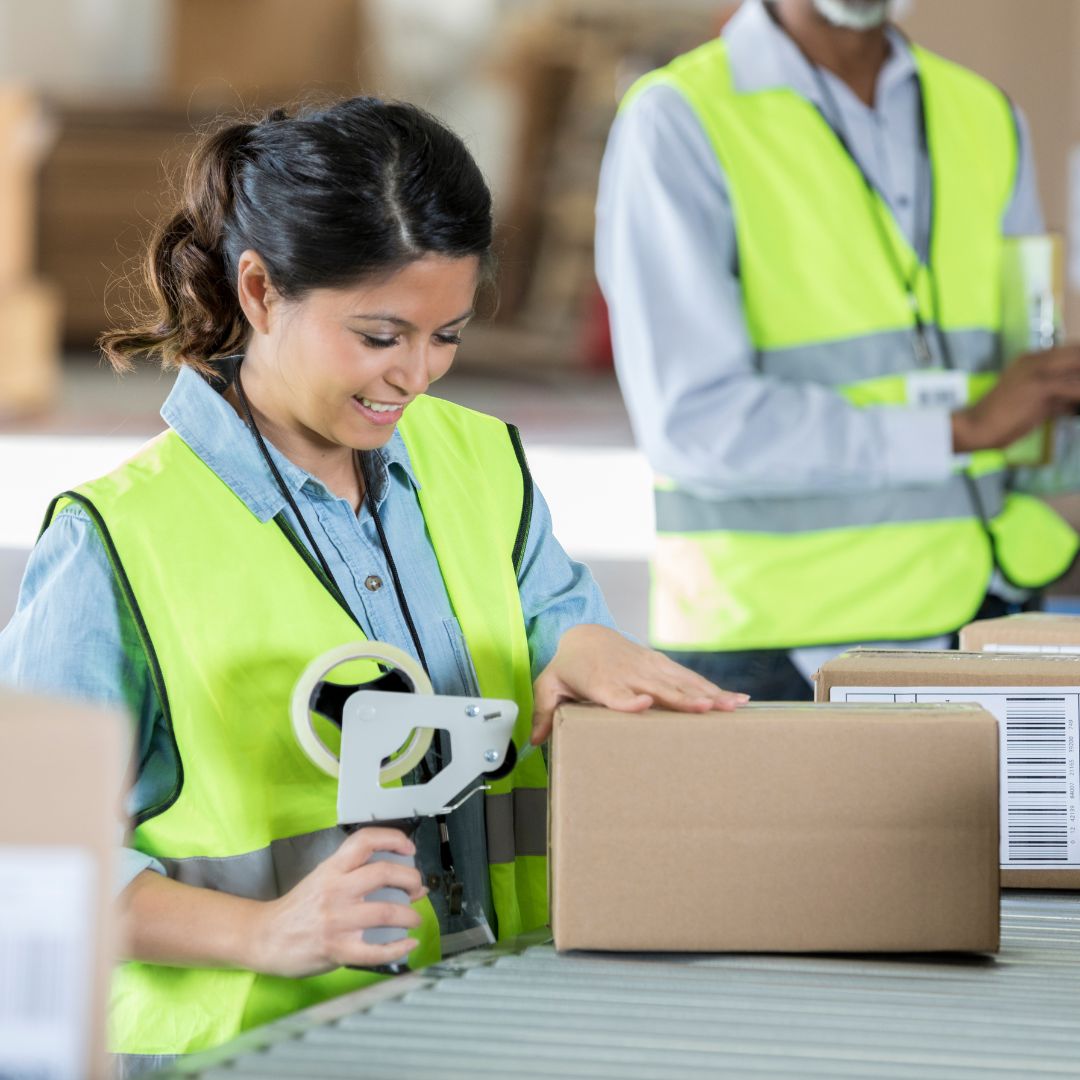
Color is a powerful tool that can be used to influence consumer perception and behavior. In the world of printing, color psychology plays a vital role in creating effective and appealing designs that capture attention, convey messages, and ultimately drive sales.
To be sure you get exactly what you want, Xpress-360 designers communicate with you from the project’s start to finish. Our expert designers walk you through each phase of the design: from ideation to execution.
According to KISSmetrics, different colors evoke different emotions and associations in people’s minds. For instance, red is often associated with passion, energy, and excitement, while blue is linked to trust, calmness, and stability. Understanding these color associations is crucial for designers and marketers who want to create printed materials that resonate with their target audience.
Choosing the Right Color Palette
The right color palette can make or break a printed design. When choosing colors for your printed materials, it is important to consider the following factors:
- Target audience: Who are you trying to reach with your message? What are their preferences and associations with different colors?
- Brand identity: What is the personality of your brand? What colors are associated with your brand already?
- Product or service: What is the product or service you are promoting? What colors are most appropriate for the type of product or service it is?
- Overall message: What is the overall message you want to convey with your printed materials? What colors will best help you communicate that message?
Check Out Our Services! See How Xpress-360 Can Bring Your Best Ideas To Life.
Sustainable Printing and Packaging
In today’s environmentally conscious world, businesses are increasingly looking for ways to reduce their environmental impact. Sustainable printing and packaging options offer a viable solution to this growing concern. By adopting sustainable practices, businesses can not only minimize their environmental footprint but also enhance their brand image and appeal to eco-conscious consumers.
Eco-friendly Materials
The first step towards sustainable printing is to choose eco-friendly materials. This includes using :
- Recycled Paper: Recycled paper is made from post-consumer waste, such as old newspapers, magazines, and cardboard boxes.
- FSC-Certified Paper: FSC-certified paper is paper that has been sourced from forests that are managed responsibly and sustainably.
- Post-consumer Waste Plastic: Post-consumer waste plastic is plastic that has been used once and then recycled.
- Bioplastics: Bioplastics are plastics that are made from renewable resources, such as corn or sugarcane.
Printing Techniques for Sustainability
In addition to using eco-friendly materials, several printing techniques can be used to reduce the environmental impact of printing in the packaging industry. These other printing methods include:
- Soy-based Inks: Soy-based inks are made from renewable resources and are biodegradable.
- Water-based Inks: They are made from water and are not as harmful to the environment as petroleum-based inks.
- UV Printing: UV printing is a printing method that uses ultraviolet light to cure inks.
- Digital Printing: Digital printing does not require the use of plates, which can be harmful to the environment.
Typography Matters
Typography helps to shape the overall perception of a product and influences consumer behavior. The right choice of fonts, font sizes, and spacing can make or break the visual appeal and effectiveness of a product’s packaging.
Create maximum marketing impact with promotional kits from Xpress-360 to generate a buzz about your product.
Fonts for Different Products
Choosing the appropriate fonts is essential for conveying the right message and aligning with the product’s identity. For instance, a children’s toy might use playful and whimsical fonts to evoke a sense of fun and excitement, while a luxury brand might opt for elegant and sophisticated fonts to project an image of refinement and prestige.
Readability and Brand Consistency
Apart from aesthetics, readability is a critical factor in typography. Fonts should be clear, legible, and easy to read at various distances and sizes. This is especially important for product packaging, where consumers should be able to quickly and effortlessly grasp the product’s information.
Brand consistency is another crucial aspect of typography. Using consistent fonts across all packaging and marketing materials reinforces brand identity and creates a cohesive brand image.
Finishing Touches
Finishing touches are the final details that can make a big difference in the overall look and feel of a printed product. These touches can add a sense of luxury, sophistication, or playfulness, and they can also help to protect the product from damage. Outsourcing product packaging to product packaging companies can take the stress out of the entire process.
Embossing and Debossing
Embossing is a process that raises an image or design from the surface of the material. This can be done by using a die or mold to press the material into the desired shape. Embossing is often used on business cards, invitations, and other high-end printed products.
Debossing is the opposite of embossing. It creates an image or design that is sunken into the surface of the material. Debossing is often used on logos, product packaging, and other materials that need to have a professional and understated look.
Foil Stamping
Foil stamping is a process that applies a thin layer of metallic foil to the surface of the material. This can be done with a variety of different foils, including gold, silver, and copper. Foil stamping is often used on luxury products, such as packaging, greeting cards, and business cards.
Varnishing and Coating
Varnishing and coating are processes that apply a clear or protective layer to the surface of the material. This can help to protect the product from damage, such as scratches and fading. Varnishing and coating can also add a glossy or matte finish to the product.
Check Out Our Services! See How Xpress-360 Can Bring Your Best Ideas To Life
Customization Options

One way for businesses to stand out from the crowd in today’s competitive marketplace is to offer custom-printed products. Custom printing and packaging options for products can help businesses connect with their customers on a more personal level and create a more memorable experience.
Marketing kits from XPress360 will reflect your image and your product successfully to provide you with the best results possible.
Personalization for Targeted Marketing
Personalization involves leveraging customer data to customize content based on demographics, purchase history, or behavioral patterns. It can be adding a customer’s name, address, or other information to a product. This is typically applied in marketing materials such as direct mail, brochures, promotional items, and in various marketing channels, including email campaigns.
Variable Data Printing
Variable Data Printing (VDP) involves using data from a database or other source to print different information on each product. This can be used to create personalized marketing materials, such as postcards or brochures, direct mail, personalized invitations, and marketing collateral.
Budget Considerations
When it comes to printing and packaging, there are several factors to consider, including the type of product being printed, the quantity of products being printed, the desired quality of the print, and the budget.
Is your current printing and packaging provider considering these? Make sure you’re making the right choice!
Cost-effective Printing and Packaging
There are several ways to save money on printing and packaging options, including:
- Choose the right printing method: Offset printing is a good choice for large print runs, while digital printing is a good choice for smaller print runs.
- Use recycled paper: Recycled paper is a cost-effective and environmentally friendly option.
- Choose simple designs: Simple designs are less expensive to print and can be just as effective as complex designs.
- Reduce your print run: Only print as many products as you need.
- Shop around: Get quotes from multiple printers to find the best price.
Balancing Quality and Budget
It is important to find a balance between print quality and budget. You want to make sure that your products are printed to a high quality, but you also don’t want to spend more money than you need to.
Here are some tips from Xpress360 for balancing quality and budget:
- Prioritize: Decide which aspects of your printing and packaging are most important to you and focus your budget on those areas.
- Be creative: There are often creative ways to achieve the desired quality of promotional materials without breaking the bank.
- Negotiate: Don’t be afraid to negotiate with your printer to get the best price.
- Get samples: Before you commit to a large print run, get samples of the print to make sure you are happy with the quality.
Technology and Innovation
The world of packaging is constantly evolving, with new technologies and innovative solutions emerging all the time. These advancements are driven by a desire to create more engaging, informative, and sustainable printing and packaging options for consumers.
Augmented Reality in Packaging
Augmented reality (AR) is a technology that superimposes a computer-generated image on a user’s view of the real world, providing a composite view. This technology has the potential to revolutionize the way consumers interact with packaging.
AR can be used to allow consumers to see a product in their own homes before they buy it. AR can be used to create interactive experiences that engage consumers and provide them with more information about a product. AR can also be used to create more engaging and memorable marketing campaigns.
Interactive Printing Solutions
Interactive printing solutions use technology to create flexible packaging that can interact with consumers in new and innovative ways. Some types of interactive printing for packaging are:
- Smart packaging: Smart packaging uses sensors and other technology to provide information about products, such as their freshness or storage instructions.
- QR codes: QR codes are machine-readable barcodes that can be scanned with a smartphone to access information about a product.
- RFID tags: RFID tags are small electronic chips that can be used to track products and provide information about their origin, history, and location.
Check Out Our Services! See How Xpress-360 Can Bring Your Best Ideas To Life.
Summary
Print and packaging are still important tools for businesses of all sizes. By choosing the right printing and packaging options, you can create packaging that will help you differentiate your products, communicate your brand message, and deliver a positive customer experience.
So which of the printing and packaging options is right for you?
You’ll need to understand the demographics, psychographics, and interests of your target audience first.
Xpress-360 can help you choose print and packaging designs that resonate with consumers and drive sales.
Check Out Our Services! See How Xpress-360 Can Bring Your Best Ideas To Life.
